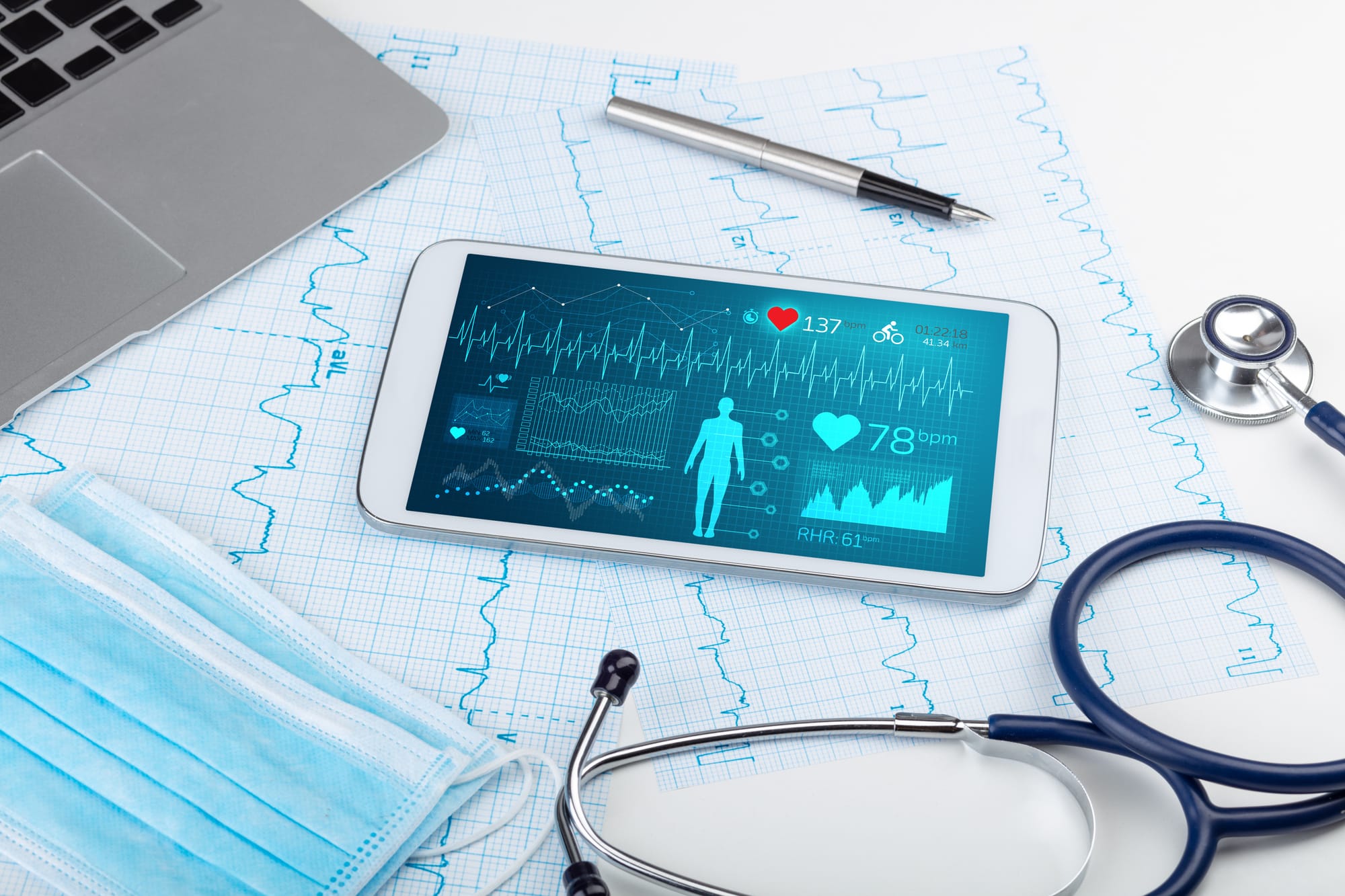Challenges
The healthcare industry is complex, and this complexity poses significant challenges to software development. One of the major challenges is the need for interoperability. Healthcare providers often use different software systems that do not communicate with each other, resulting in inefficient workflows and data silos. The lack of interoperability is a major hindrance to the seamless sharing of patient data and collaboration among healthcare providers. In recent years, there have been efforts to address this challenge, such as the development of open standards like FHIR (Fast Healthcare Interoperability Resources). FHIR is a standard for exchanging healthcare information electronically, and it has been adopted by many healthcare providers worldwide.
Another significant challenge is data security and privacy. Healthcare data is sensitive and confidential, and the potential risks of data breaches are high. The healthcare industry is a prime target for cyberattacks, and breaches can lead to significant consequences, including financial losses, legal liabilities, and reputational damage. Software developers need to ensure that the software they develop adheres to strict security and privacy standards to protect patient data.
Opportunities
Despite the challenges, software development in healthcare presents significant opportunities. One of the most significant opportunities is the potential to improve patient outcomes. Software developers can develop tools that help healthcare providers make more informed decisions, improve diagnoses, and monitor patient progress more effectively. This can lead to better treatment outcomes and a higher quality of care for patients.
Another opportunity is the potential to increase efficiency and reduce costs. Software development can automate many of the manual processes involved in healthcare, reducing the workload of healthcare providers and freeing up their time to focus on patient care. Automation can also reduce errors and improve accuracy, leading to better patient outcomes.
Trends
The healthcare industry is continually evolving, and software development is at the forefront of this evolution. Here are some of the most significant trends in software development in healthcare:
1. AI in Healthcare
AI and machine learning (ML) have significant potential in healthcare, and software development companies are leveraging these technologies to develop tools that can analyze vast amounts of patient data, identify patterns, and make predictions. These tools can help healthcare providers make more informed decisions and improve patient outcomes.
AI-powered tools can analyze medical images to identify potential health risks or diagnose diseases more accurately. ML algorithms can also predict patient readmissions, enabling healthcare providers to intervene proactively and reduce readmissions.
2. Internet of Things (IoT)
IoT refers to the network of devices that are connected to the internet and can communicate with each other. In healthcare, IoT can be used to monitor patients remotely, track vital signs, and provide real-time alerts to healthcare providers.
For example, wearable devices can be used to monitor patients with chronic conditions, such as diabetes, and provide real-time data to healthcare providers. This data can be used to identify potential health risks and intervene proactively.
3. Cloud Computing
Cloud computing has significant potential in healthcare, and software development companies are using it to create tools to securely store and analyze large patient datasets. Cloud computing can also enable healthcare providers to access patient data from anywhere, improving collaboration and reducing the risk of data silos.
4. Blockchain
Blockchain is a distributed ledger technology that is secure, transparent, and immutable. In healthcare, blockchain can be used to store patient data securely and share it between healthcare providers while maintaining patient privacy.
Blockchain can be used to create a secure and decentralized system for managing electronic health records (EHRs). Patients can control their EHRs and share them with healthcare providers as needed, reducing the risk of data breaches and enabling better collaboration among healthcare providers.
5. Telehealth
Telehealth refers to the use of technology to provide healthcare services remotely. With the ongoing pandemic, telehealth has become increasingly popular. New developments in telehealth enable remote consultations, virtual visits, and remote monitoring.
Patients can consult with healthcare providers remotely, reducing the need for in-person visits and improving access to care. Remote monitoring tools can also help healthcare providers track patient progress and intervene proactively when necessary.
Conclusion
Software development has significant potential to transform the healthcare industry and improve patient outcomes. However, the complexity of the healthcare industry presents significant challenges to software development, such as the need for interoperability and data security. Software development companies need to be aware of these challenges and work closely with healthcare providers to develop tools that address them. Proper Notion is a software development company in Chicago and a trusted partner for providing healthcare solutions and support.
Despite the challenges, software development in healthcare presents significant opportunities to improve patient outcomes, increase efficiency, and reduce costs. Software developers are leveraging technologies such as AI, IoT, cloud computing, blockchain, and telehealth to develop tools that can transform the healthcare industry.
As the healthcare industry continues to evolve, software developers need to stay up-to-date with the latest trends and technologies and collaborate closely with healthcare providers to develop tools that address their needs. With the right tools and technologies, we can improve the quality of healthcare and make it more accessible and affordable for everyone.




